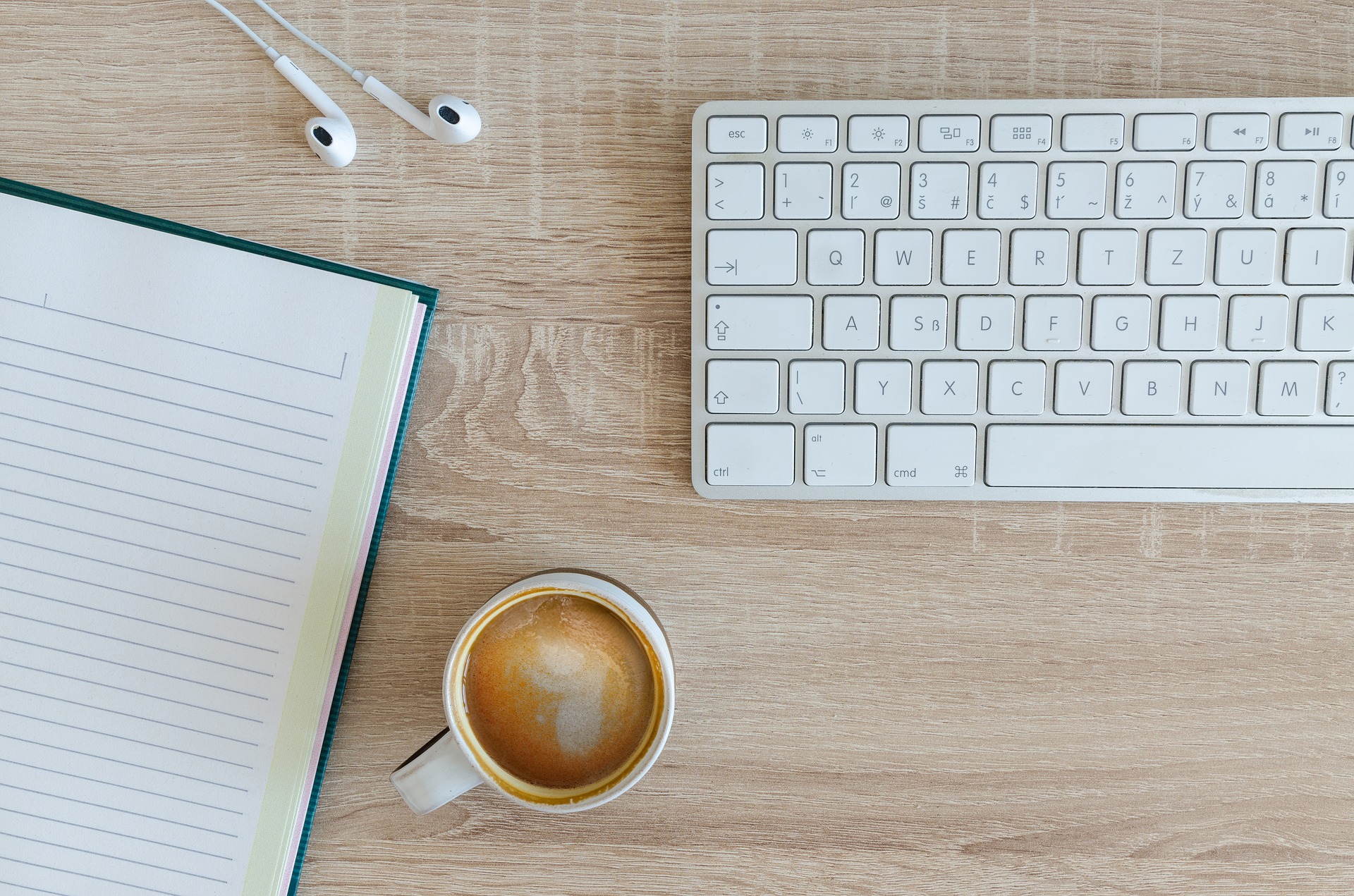I mentioned last week that many readers comment about their struggle with email. And there’s so much stuff written about managing email that sometimes that surprises me.
When I Googled that topic, my search returned nearly 1 billion results! So maybe there’s too much information out there about it and it feels overwhelming just to figure out what to read.
So I’m going write about email, in spite of those billion results.
These are things I do to manage email more effectively and that clients have found helpful. There’s no research or neuroscience involved here, these are just results of trial and error.
Not every idea works for every person
Whether you read something here or in the other myriad articles, use the techniques that works for you. That’s important because not every tip will work for every person. We are all wired differently and process information in different ways. Find what works, and implement it.
.
For example, the best boss I ever had used her inbox as a file system.
.
She violated every single rule you will ever read about how to manage email. It was normal for her to have a couple thousand (yes, thousand) emails in her inbox.
.
It freaked me out anytime I was at her desk looking over her shoulder. But it worked for her and it didn’t stress her out. And, she was probably the smartest, most focused, time (and people) manager I’ve ever seen.
.
Also, Inbox Zero didn’t work for me.
.
In spite of it being hailed as the email solutions of all email solutions, it just didn’t. With Inbox Zero you create a systematized process for managing your mail, so that your inbox is empty your inbox at the end of every day. I found I was more stressed about getting to zero than just leaving messages there.
.
My compromise is, if I’ve got 100 or fewer messages in my inbox, I’m ok with that. I’m visual and conceptual, so working to get that list to zero hurt my brain, I guess I just like to “see” stuff. But I work hard to not let it distract me.
.
.
The reality is, email is a legitimate method we use to get outcomes at work.
.
It’s not the only way, but a legitimate way. In and of itself, however, it is not an outcome. Part of your solution is to shift your perspective from seeing email as a nuisance that interrupts, to seeing it as an enabler to get things done. The challenge is to focus on getting the right things done via email.
.
Here are some actions I take that integrate email more easily into my workflow.
.
1. Big stuff comes first.
I know that if I work on my Most Important Work first thing in the morning, I feel accomplished and productive before I open the inbox. This is one of the few “rules” I do subscribe to. If you aren’t doing this already, it’s probably the single most effective action you can take to feel more in control of email, and more focused in your work.
.
Implement it: Get something done on 3 big strategic work goals before you open your inbox. Do this for the next 5 workdays and see how differently you feel.
.
2. Make friends with your delete key.
Much of your mail is this: other people putting their stuff on your list. You know there are messages that you’re going to open numerous times and do nothing with them. Or you’ll feel compelled to send a reluctant, lukewarm response and then get pulled in to some black hole that’s not really important to you. I’m a big believer that we don’t use the delete key enough on email.
.
Using your best judgment – obviously you’re not going to delete messages from your boss – use the delete key. I am amazed at how much I’ve done this, and no one comes looking for me to follow up. And there are no significant repercussions.
.
Implement it: Using your best judgment aligned with what key outcomes you need to accomplish, practice using the delete key.
.
3. Send CC emails to a folder without reading them.
Usually if you’re CC’d on emails, it does not require a response or action from you. Just in case, tell your colleagues to use the TO line if they need something from you, and the CC line if they’re just keeping you in the loop. This keeps low priority messages from crowding your inbox – and raising your stress.
.
Implement it: Create a folder for messages on which you are CC’d. Then build a rule that files them when they come in. Then once a week or so, review the folder just to makes sure you’re not missing anything. You’ll probably delete most of them.
.
4. Send newsletters to a folder for reading later.
I’ve read all the articles about unsubscribing. But I like getting certain newsletters! I don’t always read them, but that’s what the delete button is for. Often a certain headline or story will grab me, I’ll refer to them for research, or I’ll read for interest when I take a break. I also like getting some marketing emails from stores and brands. Call me crazy.
.
Implement it: Create a folder and a rule, just as for the CC messages to keep these out of sight. Gmail will send them to the promotions folder, but if you use an Outlook or other client you need to set it up.
.
5. Don’t open mail until you’re ready to do something with it.
If I’m sitting in the chair, getting my hair cut and see something come in on my mobile, I don’t open it unless I’m going to read and respond to it while I’m right there.
.
If I read without handling it, I have an inbox full of “read” messages that need my attention, and it’s not prioritized in any way. Personally, I find that more stressful than having unread messages.
.
Implement it: Only open email if you’re ready to respond based on the priority it has in my work when you’re in email mode.
.
6. Tell people they don’t need to respond.
You get more email when you send email. So, in the TITLE of the email, tell people no response is required. They’ll appreciate that, and you don’t get a return email.
.
Implement it: If you’re simply sharing information, or giving an update, use a title like this:
- No Response Needed | Update on the Gotham Project
.
7. Get people to respond more effectively.
It’s annoying to have to chase people down to get them to respond to email. That often generates more messages. Instead, use good titles to get people’s attention and get them to respond to you.
.
Implement it: Use better titles to get attention from your reader, and inspire them to respond quickly and meaningfully. For example:
- Please Review + Respond | Update on the Gotham Project
- Response Needed by Noon Friday | Gotham Project Status Updates
.
If you keep the messages short, sweet and to the point, you’ll help your case even more.
.
8. Stop asking people if they have questions.
In the spirit of email begets email, I found that ending an email with “let me know if you have any questions” actually generated more email. So I stopped doing that.
.
Implement it: End your message and sign off the email instead of asking if the receiver has questions. That’s it. Another option is to say, “Let me know if this is not what you were looking for.” Then the person only needs to get back to you if there’s an issue.
.
9. Don’t interrupt other work for email; do one then the other.
The concept of only checking email twice a day does not work for me. I do a lot of client work and we’re often exchanging documents or scheduling last minute calls – much of which is done on email and is high priority.
.
I AM, however, intentional about time spent on the rest of it throughout the day, though. I’ll spend a half hour or so focused on it, rather than constantly interrupting other work to do email. You know the drill, multi-tasking is unproductive, yadda, yadda, yadda.
.
Implement it: When you’ve gotten your big priorities address, spend 20 or 30 minutes on email. Do it during times in the day that make sense to you and your workload. Focus on that and nothing else – avoid the temptation to multi-task.
.
10. Decide if apps can help you.
There are myriad apps out there to help you prioritize, manage, eliminate and follow up on email. I can’t speak to those because I don’t use them. I’m not a Luddite by any means, but I find that often apps that are meant to help me be more efficient actually feel like more work (to me).
.
Again, that could be me, or my ability to prioritize and not get distracted.
.
Implement it: Do a Google search for research to see if there are apps that might work for you. Ask your friends, family and colleagues for recommendations, too.
.
11. Turn off notifications.
This is another biggie for me. I don’t have email icons or sounds alert me. I know I’ll get to email throughout the day so I don’t need to know every time one comes in. I once heard that the same people who design video games – experts in the “addiction” factor of gaming – designed email systems.
.
That little ding and envelope icon is an addictive element designed to tantalize you into coming back to the program. I just turn it off, and I don’t miss it.
.
Implement it: Go into your settings panel and find wherever the notifications settings are. Then turn them all off.
.
If you try some of these ideas, let me know what you discovered
.
“The main thing is to keep the main thing the main thing.” – Stephen Covey
.
Couldn’t agree more!
Image: Pixabay

